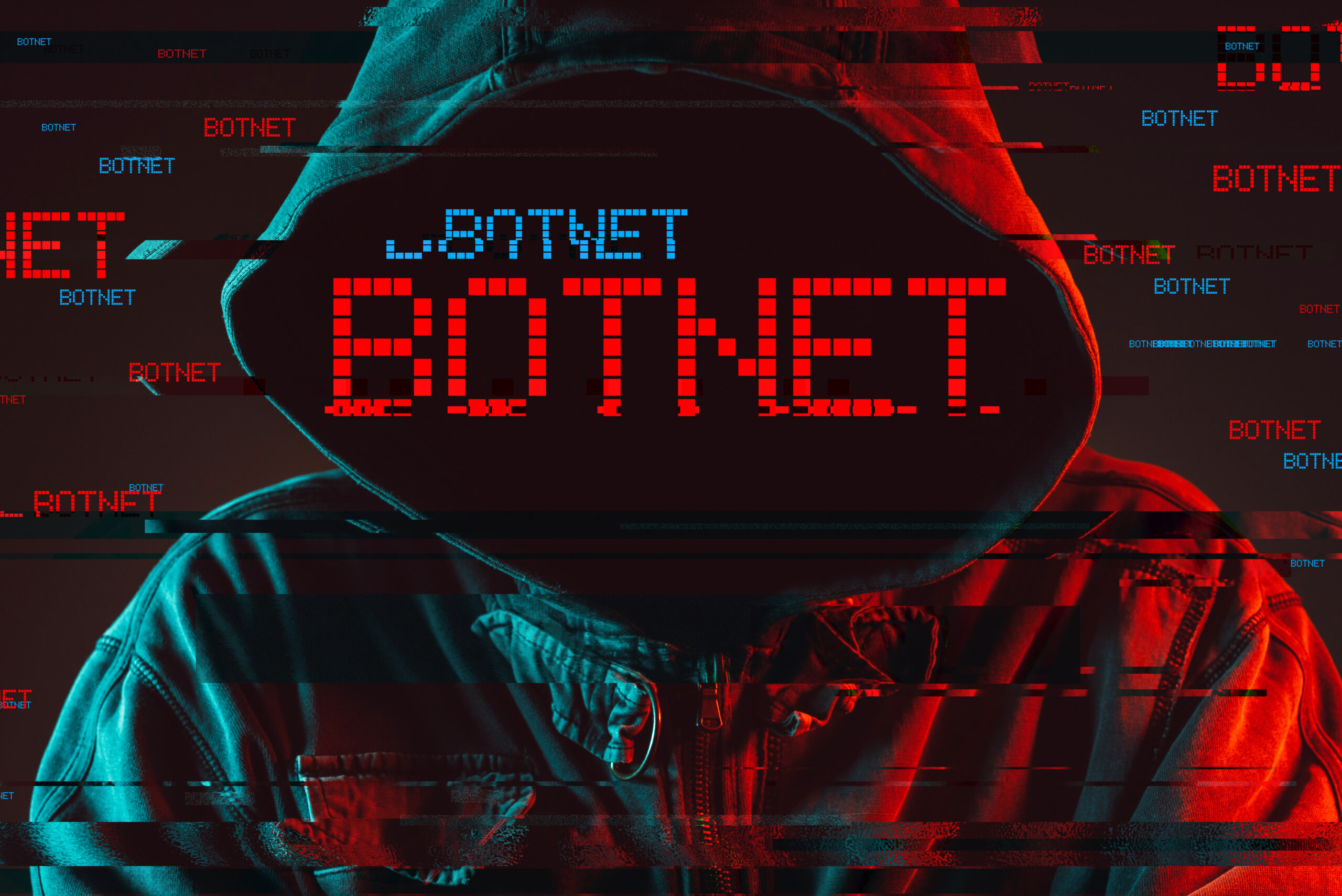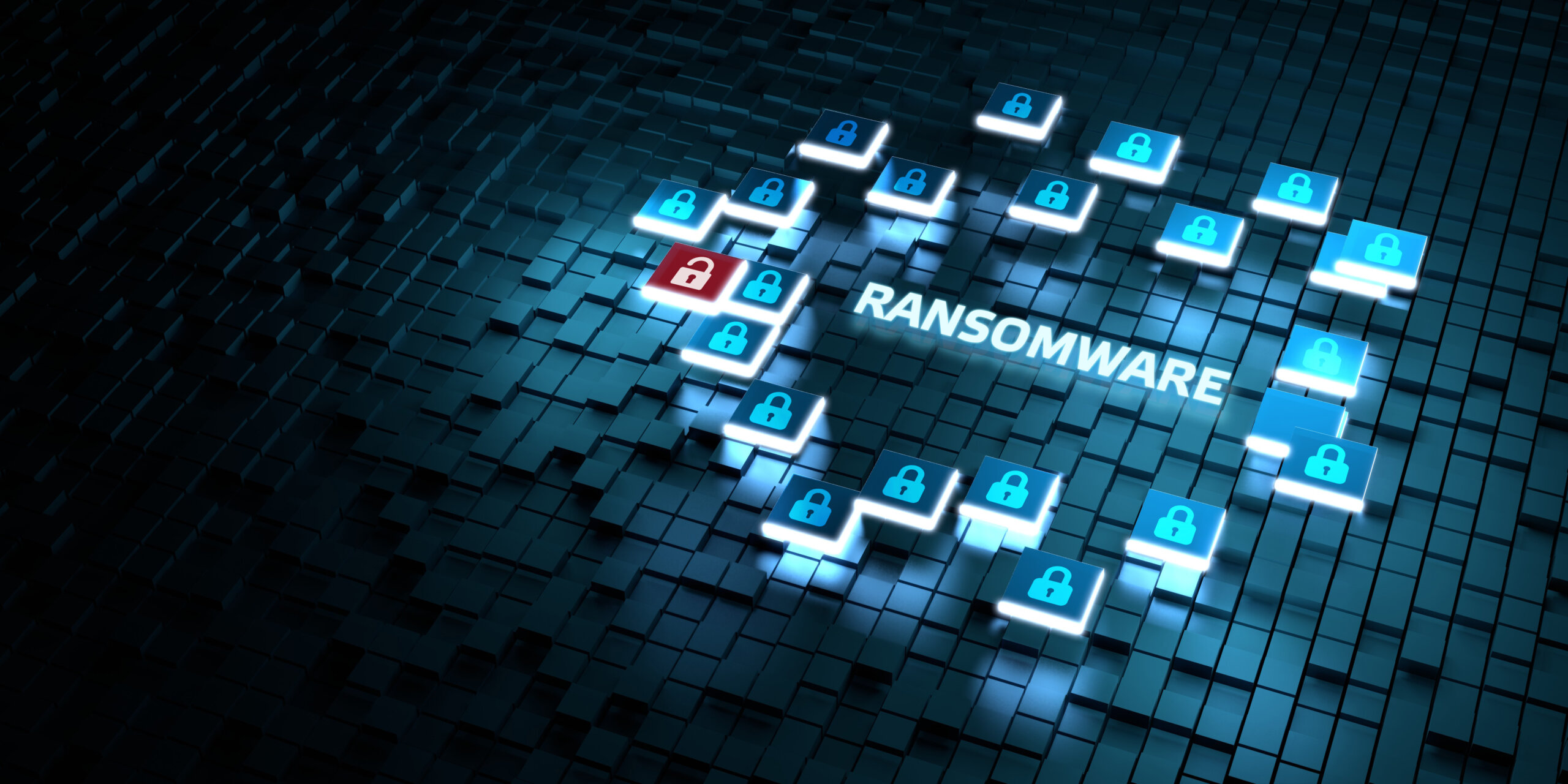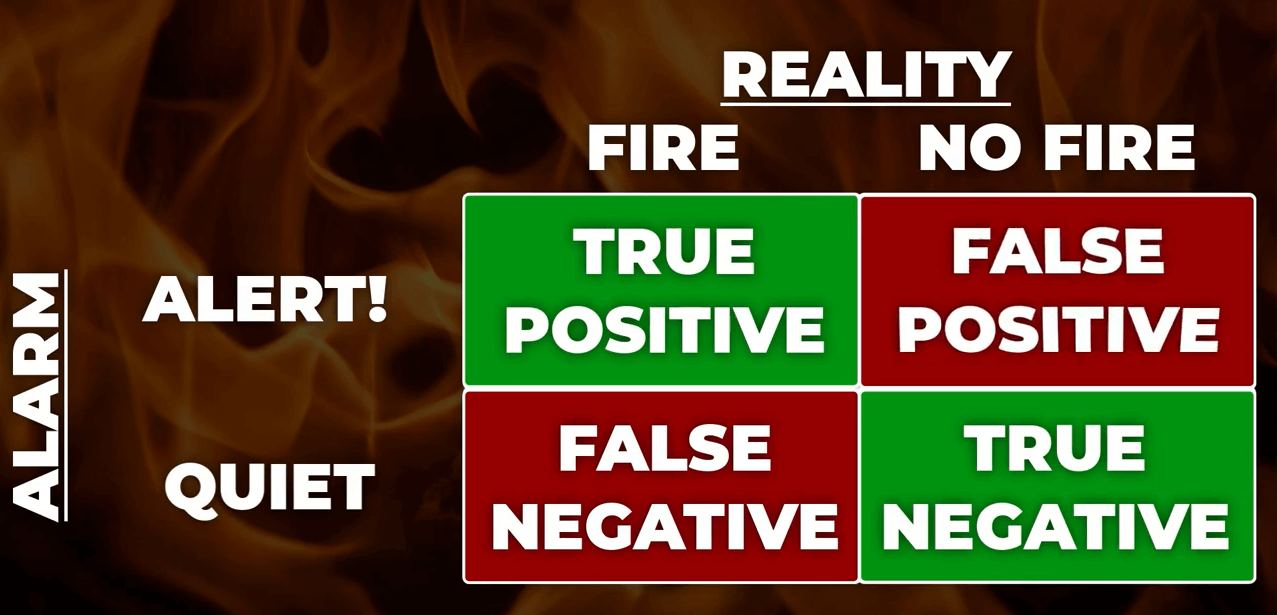How Attackers Organize Botnets to Perform DDoS Attacks?
What is Botnet?
The bot is a piece of malware that executes commands under the control of a remote attacker by infecting a computer system. The botnet is a network of malware-infected computers controlled by the bot herder. A botherder manages the botnet infrastructure and uses compromised computers to crack networks, inject malware, harvest credentials, and execute CPU-intensive tasks on targets. A botnet is merely a collection of connected devices. Hackers and other criminals commonly use botnets for malicious purposes. These networks allow them to create armies and enact massive attacks. Botnet attacks happen when cybercriminals inject malware into the network to control it as a collective for launching cyberattacks. A bot is sometimes referred to as a “zombie” device. Due to the sheer number of bots in a botnet (many of which are composed of millions), an attacker can conduct large-scale operations that are not possible with traditional malware. Since botnets are controlled remotely, infected bots can be updated instantaneously, even during an ongoing cyberattack. Bot-herders usually rent, sell, and lease access to portions of their botnet on the black market and achieve significant financial gain.
What is DDoS?
DDoS is a type of network attack where an attacker aims to overwhelm the target server, network, or device with massive traffic. A DDoS attack is an extremely common method for criminals to use botnets, and it is often one of the most dangerous. DDoS attacks can have severe and long-lasting effects, not only in terms of financial losses but also in terms of reputational damage. An actionable response plan must be prepared in advance of a DDoS attack. Otherwise, it will be too late to prepare.
Famous Botnets Attacks
Mirai Botnet
White hat hackers discovered the Mirai botnet in 2016. In partnership with a collective known as MalwareMustDie, white hackers managed to uncover a botnet so aggressively designed it was able to orchestrate perhaps one of the most significant Denial-of-Service attacks of the past decade. The Mirai botnet was designed to target Linux systems. As soon as the malware was installed, it continuously checked for other Internet of Things (IoT) devices connected to the same network. The malware then accessed other devices using factory-default usernames and passwords in internal databases. Malware can infect a new device once it has infiltrated it. After being infected by the virus, the infected machine scanned connected devices for more to infect. As a result, this process was highly effective for botnet attacks. However, the Mirai botnet deliberately avoided infecting the devices that correspond to medical and military establishments in certain instances. As soon as Mirai was installed on the device, all malware already on it was eliminated and prevented from spreading. Mirai used infected devices primarily for DDoS attacks and did not harm or control its zombied devices.
Storm Botnet
The Strom botnet is also called as Storm worm botnet or Dorf botnet. It is a botnet of remotely controlled zombie computers (called “bots”) linked by the Storm Worm. This was spread through e-mail spam. It is estimated that Storm was running on between 1 million and 50 million computers at its peak in September 2007 and comprised 8% of all malware on Microsoft Windows-based computers. As early as January 2007, it was first identified by an email with the subject line “230 dead as storm batters Europe,” thus giving it its well-known name. By mid-2008, the botnet had been reduced to infecting about 85,000 computers, far less than a year earlier.
GAmeover ZeuS
GAmeover ZeuS is a botnet inspired and created based on a previous version of the malware, called the ZeuS Trojan. This botnet operates as a peer-to-peer network. 3.6 million devices were infected by the trojan horse itself, making it deadly malware. The FBI arrested more than one hundred people worldwide while investigating the ZeuS trojan. GAmeover ZeuS improved its trojan predecessor by adding an encrypted network that prevented the botnet from being traced. In addition to distributing Cryptolocker ransomware, Gamover ZeuS has been used in a few bank fraud scams.
How do Attackers Organize Botnets to Perform DDoS Attacks?
Step 1: Finding and Exploiting Vulnerabilities
Attackers first perform reconnaissance, scanning, and enumeration activities to explore and identify the potential hosts for infection.
Step 2: Infecting the Victim Device
Upon identifying security vulnerabilities, the attackers try to gain initial access to the victim’s device.
Step 3: Taking Control of The Compromised Device
After gaining access to the victim host, attackers deploy rootkits, worms, and other stealthy malware to take control of the compromised device and maintain continuous access.
Step 4: Explore and Spread
After establishing a foothold, the attacker tries to discover other vulnerable victim machines inside the infected target network and spread across the network, increasing the number of bots.
Step 5: Maintain and Manage Botnet Network
After gaining control over the bot machines, the attacker maintains control of all infected bots and manages the bots. At this stage, attackers rent, lease, or sell the bot access in black markets and the dark web.
Step 6: Amplify and Attack
Suppose an attacker plans to attack any target. In that case, the attacker leverages the bots to amplify the incoming traffic and crash the target resources, including websites, email gateways, switches, routers, etc.
How to Identify Botnet Attacks?
Following are some of the indicators to identify a DDoS Attack:
- An abnormally high amount of CPU usage on the webserver
- Large volumes of network traffic, resulting in network blockades
- Too much incoming traffic and outbound traffic
- High memory usage
- Non-native traffic profiles
- Unusual domains in the traffic
How to Prevent Botnet Attacks?
Botnet attacks can be prevented by:
- Implementing zero trust principles
- Filtering the incoming and outgoing data
- Installing host-based intrusion prevention systems
- Enhance network monitoring
- Leveraging advanced EDR/XDR solutions
How NetSecurity’s ThreatResponder EDR Can Help You?
Cyber security threats and ransomware attacks are increasing at a tremendous pace. It is extremely difficult for cyber security analysts and incident responders to investigate and detect cyber security threats using conventional tools and techniques. NetSecurity’s ThreatResponder, with its diverse capabilities, can help your team detect the most advanced cyber threats, including APTs, zero-day attacks, and ransomware attacks. It can monitor endpoints and compare normal and abnormal traffic, sending alerts and responding to attacks as necessary. It can also help automate incident response actions across millions of endpoints, making it easy, fast, and hassle-free.

Disclaimer
The page’s content shall be deemed proprietary and privileged information of NETSECURITY CORPORATION. It shall be noted that NETSECURITY CORPORATION copyrights the contents of this page. Any violation/misuse/unauthorized use of this content “as is” or “modified” shall be considered illegal and subjected to articles and provisions that have been stipulated in the General Data Protection Regulation (GDPR) and Personal Data Protection Law (PDPL).











